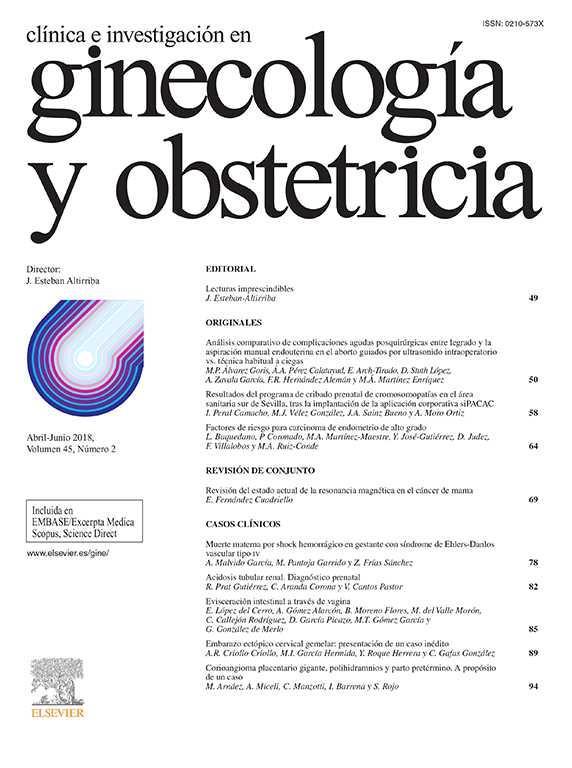To determine the incidence of infection following hysterectomy and the frequency of use of antibiotic prophylaxis.
MethodsA prospective study from 1 June 1999 until 31 May 2003. Clinical notes were reviewed frequently to determine which patients had developed a nosocomial infection. The incidence of infection in the surgical site were calculated according to the National Nosocomial Infection Surveillance system.
ResultsOf the 998 cases studied, 193 (19.3%) met the criteria for post-operative infection (18.8% abdominal and 20.7% vaginal hysterectomy). Most of these were urinary tract infections. The incidence of surgical site infection was acceptable (5.3%), and National Noscomial Infection Surveillance system showed that patients at moderate risk infection of infection had significantly higher infection rates than low risk patients (p = 0.01). Most patients (84.7%) were given antibiotic prophylaxis, however those women given an inadequate regime of prophylaxis had a relative risk factor 2.7 times greater of acquiring post-operative infection (IC 95%; 1.54 – 4.95; p < 0.001).
ConclusionsThe rate of post-operative infections was high. We consider that the most effective strategy to control this kind of infection in these procedures is the frequent communication of our findings to the professionals involved.






